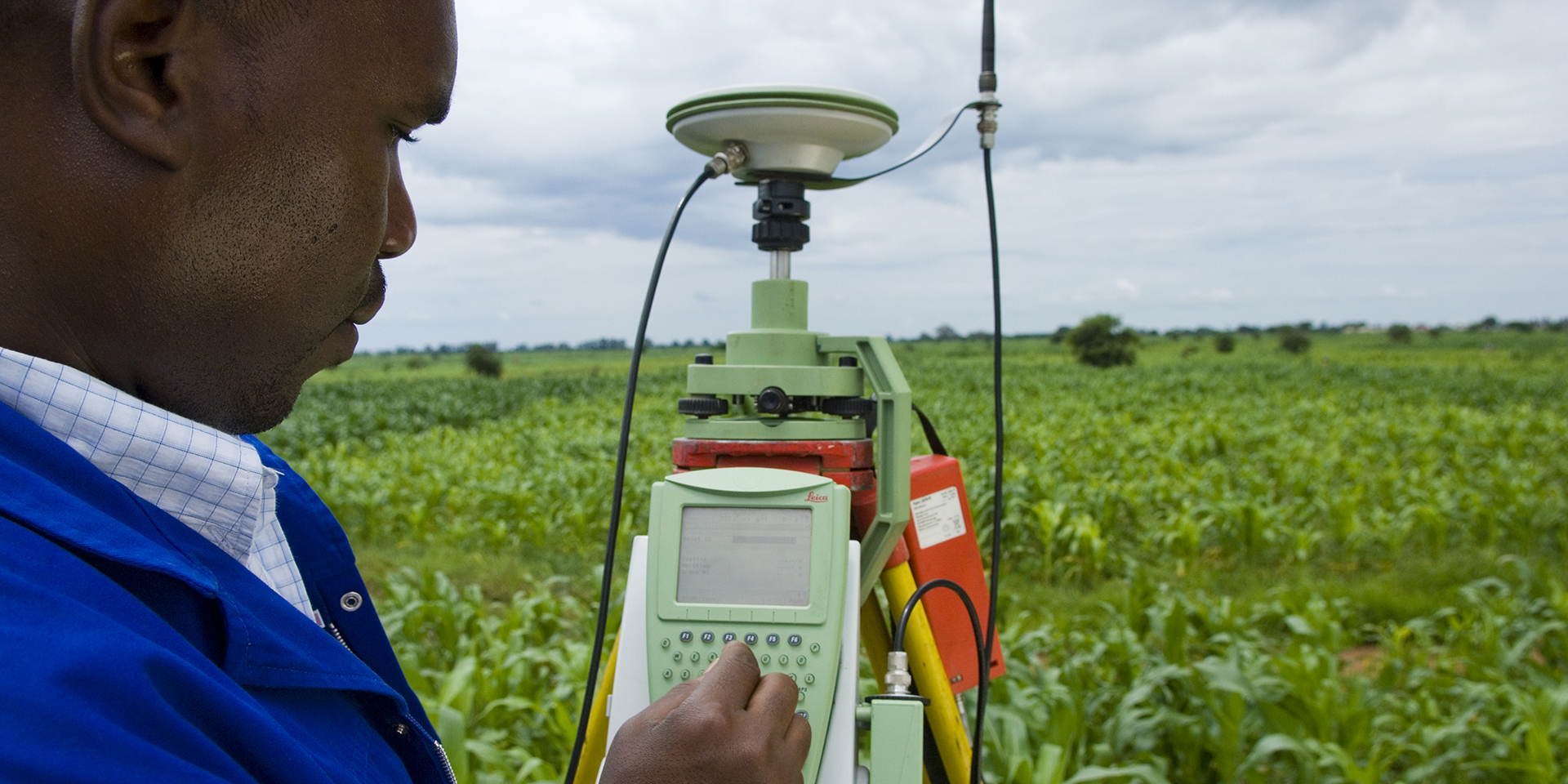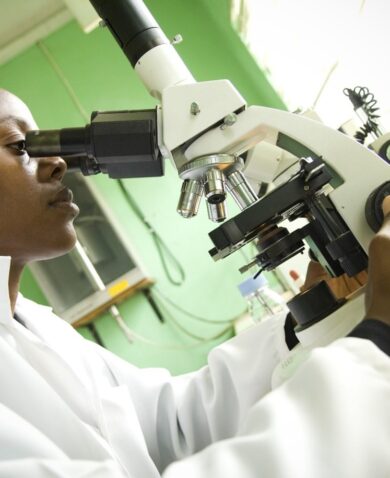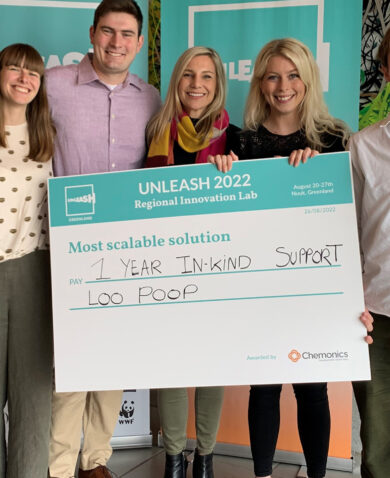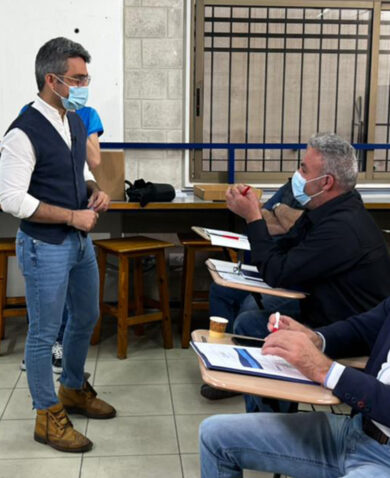
4 Top ICT Trends and Tools for Development
August 9, 2017 | 3 Minute ReadFrom the Internet of Things to machine learning, George Parrilla shares some of the top information and communication technology (ICT) trends following the ICT4D Conference.
Information and communication technology (ICT) is crucial for many projects. I see this firsthand working on the USAID E-PESO activity, which contributes to broad-based growth and financial inclusion in the Philippines by accelerating the shift to digital payments. The project aims to increase digital payments from 2 percent to 20 percent of payments by 2020 by focusing on providing unbanked populations with access to financial institutions through mobile money and online payment options, and financial inclusion itself is also an important focus since it helps achieve 11 of the 17 Sustainable Development Goals (SDGs).
Given the importance of ICT, I felt fortunate to represent the E-PESO activity in this year’s ICT for Development (ICT4D) Conference in Hyderabad, India, in May. The conference was an opportunity for speakers and attendees from development organizations, academic and research institutions, the private sector, and government institutions to share best practices in using ICT to contribute to achieving the SDGs.
While there was a wide variety of topics presented, here are my personal picks on top trends and tools in ICT4D.
Big data and machine learning
There were many sessions that focused on data sets that use machine learning to complete tasks that would take too long for regular computation. Private sector vendors like Microsoft, Amazon, and Google have tested applications in development that range from education delivery and financial inclusion to better health outcomes.
During the plenary, Microsoft introduced a pilot on Intelligent Cloud that was intended to increase crop yields for farmers in Andhra Pradesh, India. This project, done with the International Crops Research Institute for the Semi-Arid Tropics, uses the Microsoft Cortana Intelligence Suite and Power BI to empower farmers and government officials with insights into soil health, fertilizer recommendations, and weather forecasts from weather observations and global forecast models. Data can then be used by smallholder farmers to tackle climate change and efficiency through their sowing app during planting.
Geographic analysis and visualization tools
Data storytelling is becoming more relevant to communicate with stakeholders, with new options to present information that range from infographics to interactive displays. The conference had a map competition from Esri and demos from aWhere, an agricultural data management company.
Google Earth presented a new time-lapse feature from open data satellite images that will show seasonal changes in an area, and the Google Earth Outreach team shared other user-friendly tools. These applications are free and have the potential to be useful in environmental projects and project monitoring and evaluation.
Internet of Things
With the convergence of hardware innovation, smarter software implementation, and growing Internet connectivity in developing countries, the Internet of Things has moved out of so-called “maker labs” to the development community. The term “Internet of Things” (IOT) refers to both a growing network of physical objects that have Internet connectivity and the communication that occurs between these objects and other Internet-enabled devices and systems. IOT usage can include everything from connected homes to drones to autonomous cars to robots. These tools can be simple, like Raspberry Pi computers, or complex, such as industrial sensor networks, and uses for these span everything from education to energy monitoring.
Though IOT is still in its infancy, it holds a lot of opportunities. IOT sessions showcased different projects, such as agriculture initiatives that use unmanned aerial vehicles and wireless sensors to enable data-gathering that can improve agricultural techniques. Another example is mobile classrooms that use portable projectors and solar chargers that fit in a backpack as a tool to facilitate rural education.
Mobile applications
Mobile applications have come a long way, from SMS-based versions to smartphone applications, and have evolved due to increasing usage and adoption. Lower mobile phone costs and increased Internet availability has also increased demand for mobile apps.
Separate sessions with GSMA and the Grameen Foundation focused on financial inclusion projects for small-scale farmers. The implementation of mobile money has increased access to financing, insurance, and additional business opportunities for farmers.
Although many of these technologies are still in the early adoption stage or are just now being applied to development for the first time, they hold great potential for the effectiveness of development projects.







